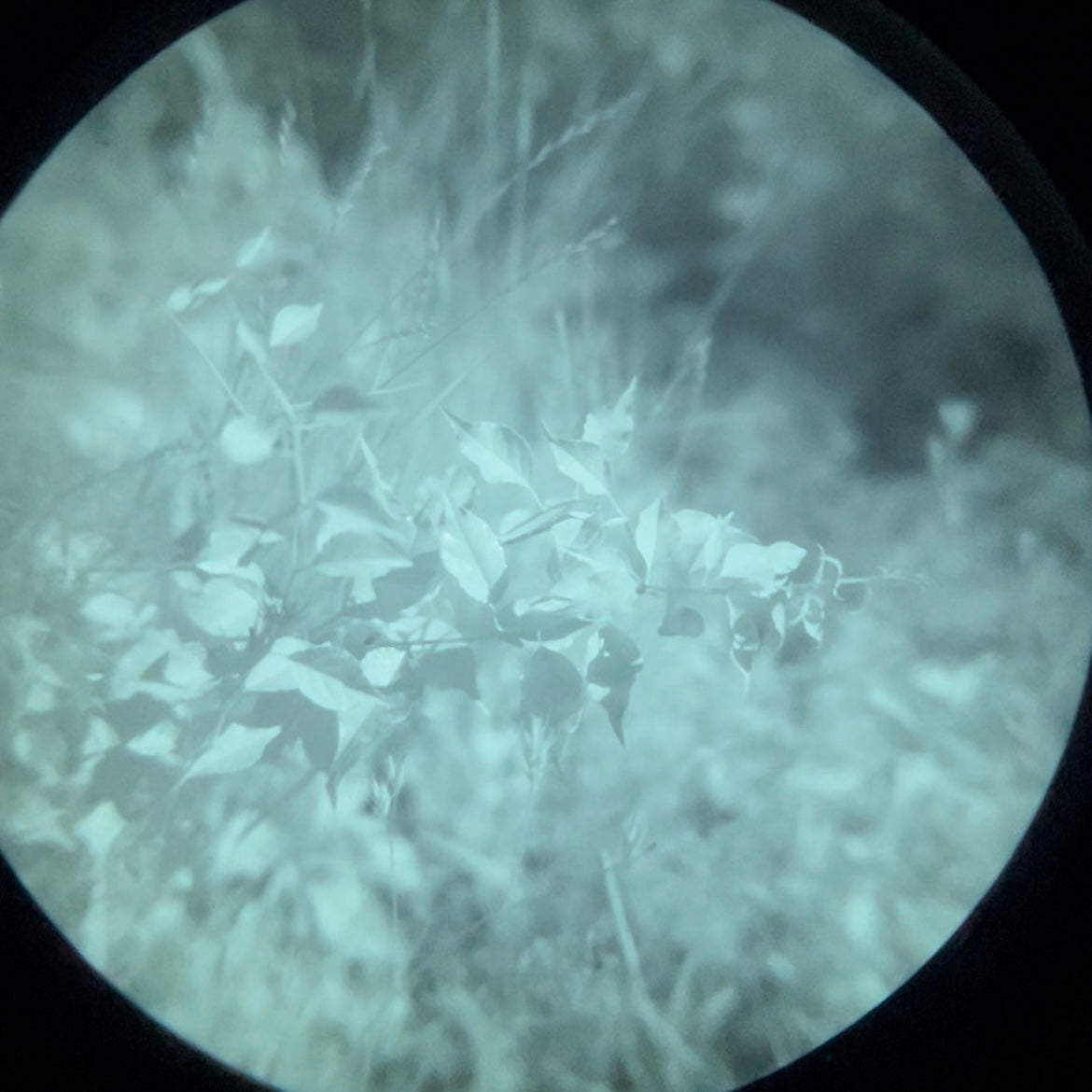
When researching a device you will likely encounter talk of tube specifications. This is good. It’s shows a desire to further one’s understanding. Sometimes individuals will ask the internet what specs they should get or shoot for. Or post their specs as a means of validation through public consensus. Herein lies the problem.
We need to ask ourselves: do the individuals commenting have a large enough sample size of previous or current device and tube types to provide an unbiased commentary? Are they maybe stating a bit of information they read elsewhere in an attempt to help? If so is this information correct or is it incorrect/dated? Do they own or have they used night vision? If they do/have, do they have a choice supportive bias to the device or tube type they own/have used? This can be how misinformation propagates in circulating information with good intent but actually perpetuating inaccurate information.
These are all questions worth considering. Everyone wants a 40+ SNR 81+ LP tube with no dark spots. However, that isn’t a realistic expectation as of yet. There’s a few numbers that get thrown around as a “minimum starting point” for a “good tube.” The ubiquitous 30 SNR / 1.0 HALO / 1.0 EBI is often heard as a baseline; disregard these for the most part as they’re without context. An intensifier tube’s performance is not defined by 2-3 numbers. Sure, these can give some insight to a certain extent but there’s more at play than is noted on a data sheet.
If someone has a 33 SNR tube and another person has a 29 SNR tube of the same type, with other speciations within nominal range of each other, one isn’t vastly superior to the other. In fact, many wouldn’t be able to tell a difference unless they had a piece of paper stating otherwise. This would be like taking two identical vehicles and putting them on a dyno. They won’t have identical HP/TRQ readings, but they will both ultimately perform the same task and essentially be indistinguishable. This is one of the reasons why you may encounter factory systems like PVS-31A with varying numbers between tubes. Example: we’ve seen 31’s with 33.4/39.2 SNR and EBI of 0.7/1.9.
We aren’t saying specifications are unimportant. We are saying that the finite nuances of tube specifications can become convoluted and distort perception of just how good this technology is already. We also recognize night vision is a large purchase and everyone wants the absolute most value in return for their dollar. That’s entirely justified and it would be ignorant to say or expect otherwise. This is where establishing a realistic expectation and perspective is important. Especially in the context of budget. If you’re researching tube and device options and would like to spend some time discussing what would serve you best please reach out. Everyone starts somewhere and there’s a plethora of information online that can prove difficult to sift through. We are here to help.
